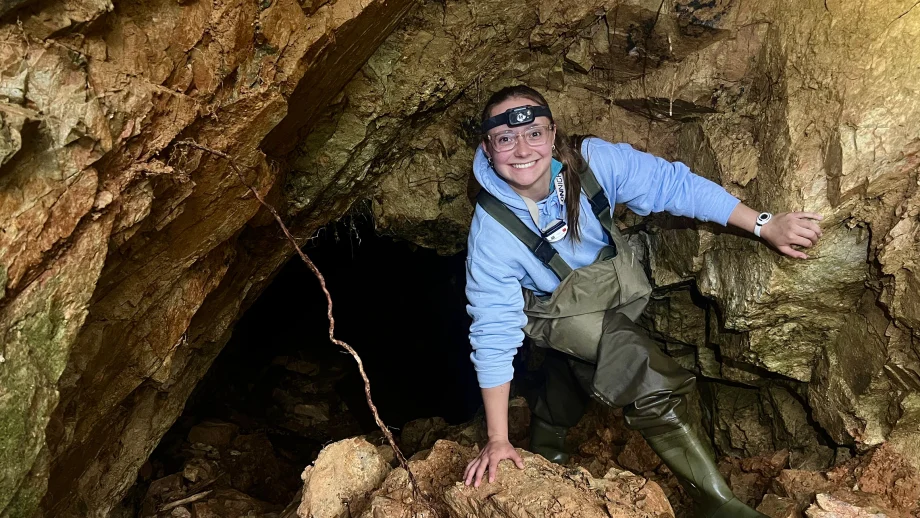UWinnipeg study hopes to shed new light on pervasive illnesses
WINNIPEG, MB –The human brain is one of science’s mysteries. Magnetic resonance imaging (MRI) lets us see the brain by creating images with amazing contrast. This diagnostic tool, used at hospitals and clinics across Canada, allows us to study brain structure, tumors and to identify swelling and shrinkage.
Dr. Melanie Martin, Professor of Physics at The University of Winnipeg, (senior author) and her student Morgan Mercredi (lead author) have published their research in the current issue of Magnetic Resonance Materials in Physics, Biology and Medicine. Co-authors of the study are UWinnipeg Physics Professor Dr. Christopher Bidinosti and UWinnipeg graduate, Trevor Vincent.
Martin’s team use physics to strengthen MRI capabilities. They have developed a method to calculate the sizes of small tissue structures, those finer than one human hair, using MRI. This opens the door to enhancing our ability to diagnose and understand pervasive conditions such as Alzheimer’s disease, autism, schizophrenia, multiple sclerosis, and fetal alcohol spectrum disorders.
“We are pushing the limits of MRI so we can ‘see’ microscopic structures inside the living brain,” said Martin. “Hopefully we will be able to see when and where things go wrong so we can figure out how to prevent the structural changes due to disease.”
“It’s great to have the opportunity to be at the cutting edge of research here in Manitoba,” said Mercredi, who is now Dr. Martin’s Physics and Astronomy PhD student at the University of Manitoba.
– 30 –
MEDIA CONTACT
Diane Poulin, Senior Communications Specialist, The University of Winnipeg
P: 204.988.7135, E: d.poulin@uwinnipeg.ca





